07 Dec 2015
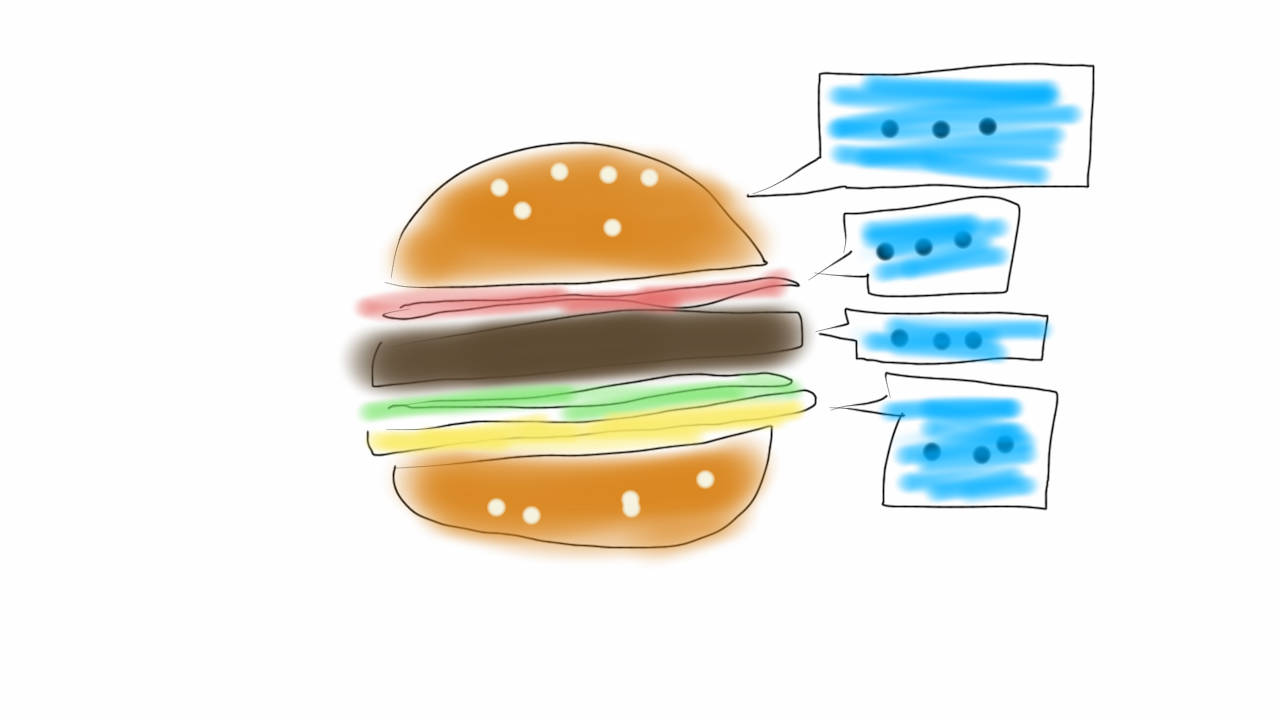
38% of Americans were obese in 2013-2014 (Centers for Disease Control and Prevention) up 6 points from 32%. New mandate (effective Dec. 2016) states that all chain restaurants must place calorie counts on the menu. In one study, based off of NY’s law required calorie count in 2008, people initially noticed the calories but eventually started to ignore it. At no time did the calorie count reduce the calories the diners ordered. There was an increase in nutritional awareness but no change in behavior. This was also cited in a case from Seattle in the American Journal of Preventative Medicine and Dep. of Ag. Nutrition Evidence Library. Apparently, Health Affairs have found that training servers to ask the customers whether they would like to downsize their three starchy side reduced calories by 200 in 1/3 of the customers (I would be mad.)
Source: Aaron E. Carroll http://www.nytimes.com/2015/12/01/upshot/more-menus-have-calorie-labeling-but-obesity-rate-remains-high.html
04 Dec 2015
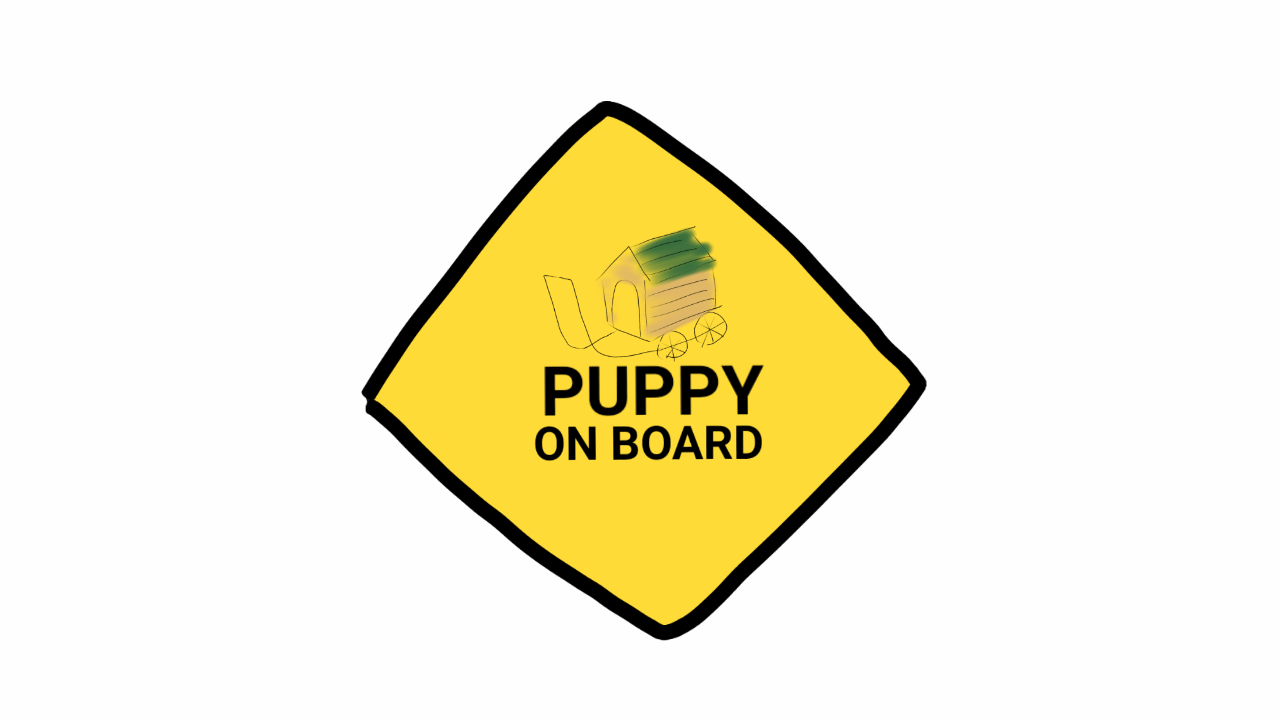
Dog parents are naming their dogs human names.
Top Male Dog
- 1. Max*
- 2. Charlie*
- 3. Buddy
- 4. Cooper*
- 5. Jack*
Top Female Dog Names
- 1. Bella*
- 2. Lucy*
- 3. Daisy
- 4. Molly
- 5. Lola
*Top 100 baby names by gender
Source: Kate Bratskeir http://www.huffingtonpost.com/entry/top-dog-names-2015_565e0d02e4b072e9d1c3b4b0
03 Dec 2015
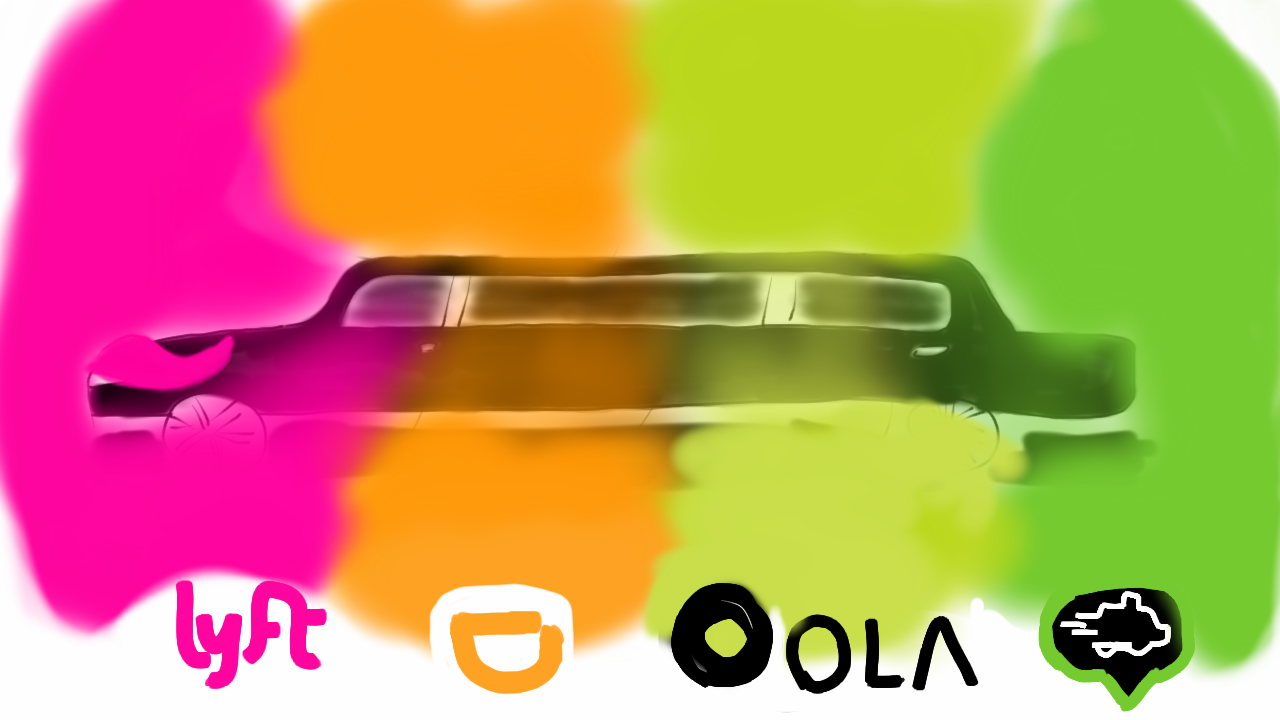
A global ride-sharing partnership has been established in opposition to Uber. Lyft (US), Ola (India), Didi Kuaidi (China), and GrabTaxi (Southeast Asian Nations) have partnered up to exchange market information and collaborate technology. The companies will upgrade their application to allow customers to use each other’s services with any of their apps.
Currently, the sum of the individual estimated valuation of these four companies does not come close to the estimated valuation of Uber. On the other hand, Ola, Didi Kuaidi, and GrabTaxi have a significantly larger reach in the number of cities in their own region and investors such as Tiger Global, Softbank and Coatue Management have aggressively backed their service. The alliance has raised over $7 billion.
Ola operates in India, Didi Kuaidi operates in China, Grab Taxi operates in various Southeast Asian nations, and Lyft operates in the United States. The cross ride-sharing feature is set to start in the first quarter of 2016.
Source: Itika Sharma Punit http://qz.com/564795/a-new-anti-uber-alliance-strengthens-ola-lyft-didi-kuaidi-and-grabtaxi-agree-to-ride-together/
02 Dec 2015
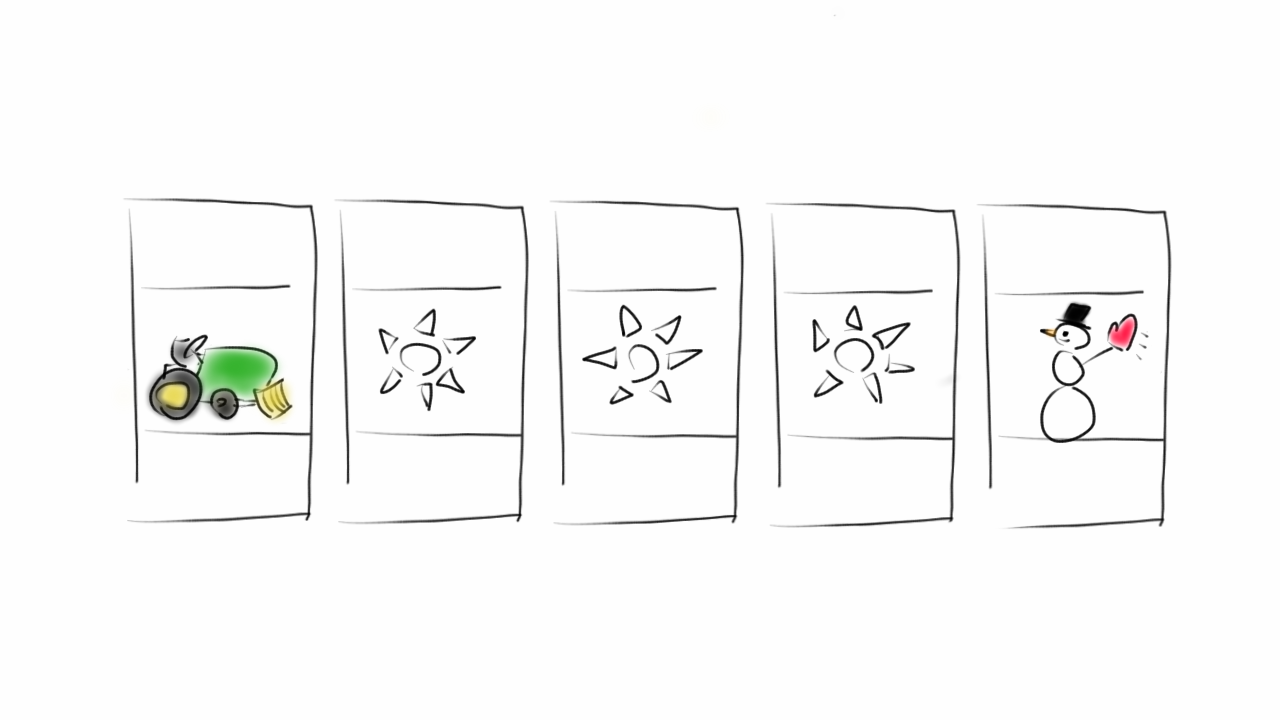
The U.S. Weather Prediction Center has now made a tool to inform the public about the probability of “plowable snow” seven days in advance. This will benefit municipalities, retailers, airlines and many other industries dependent of weather. The U.S. Weather Prediction Center has tested these forecasts models for three years and claims that this tool was possible due to advances in computer forecasting modeling. This is considered a breakthrough because the amount of snowfall could not be predicted a week in advance prior to this release.
“Plowable snow” is 2 inches or more.
Source: Brian K Sullivan http://www.bloomberg.com/news/articles/2015-12-02/snow-watchers-have-new-tool-to-assess-odds-of-u-s-winter-storms?cmpid=twtr1
01 Dec 2015
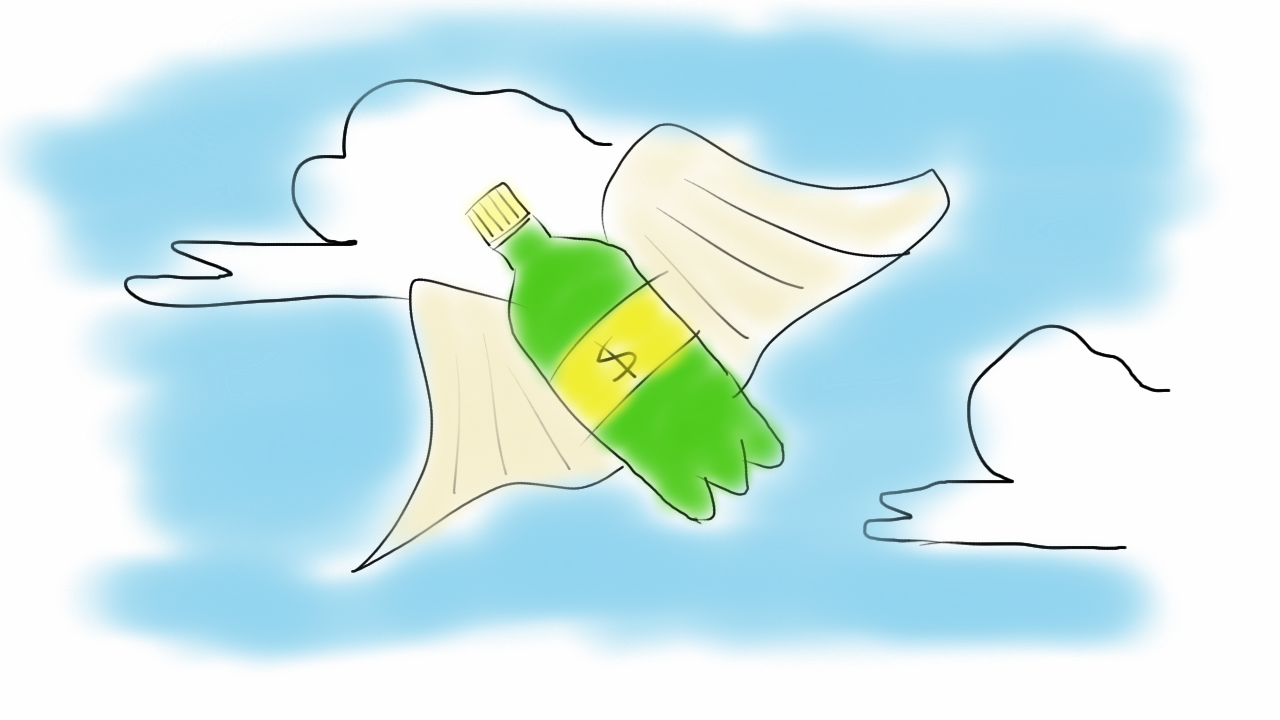
The effects of the Mexican “soda tax,” as it is called in the US, is now being reviewed. In 2013, Mexico passed a tax on soft drinks and certain junk foods. Since then, it has been revealed that soda sales has gone down every year, an average of 6% soda sale reduction in the last year. This is a direct indicator that the “soda tax” has discouraged people from buying soda. As intended, taxes imposed on bottlers and retailers were passed on to the consumers, closing their wallets to soda. Each soft drink were taxed approximately 10% of the original price (1 peso for 1 liter). This excise tax was largely influenced by the tax imposed on cigarettes in the US. The cigarette taxes has successfully reduced the amount of young smokers in the US.
Critics have questioned that while soda consumption may have decreased, obesity may have not seen similar trends. Some skeptics speculate consumers may have found an alternative to taxed soft drinks and junk food. Further data must be acquired to prove that this tax has indeed reduced the rate of obesity in Mexico.
Source: Margot Sanger-Katz http://www.nytimes.com/2015/10/13/upshot/yes-soda-taxes-seem-to-cut-soda-drinking.html




